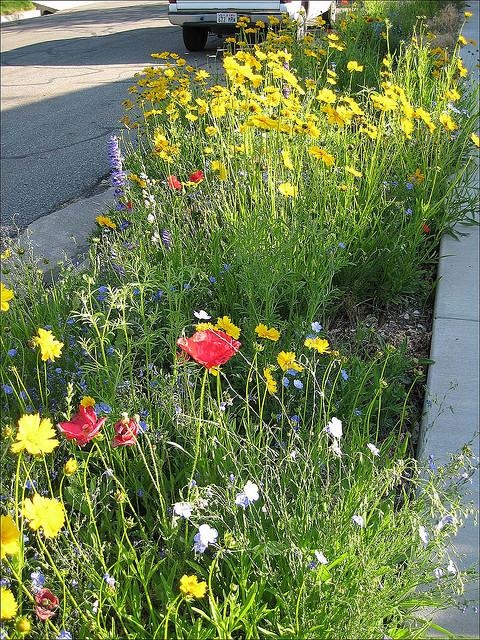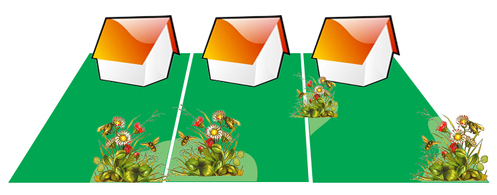butterfly basics - getting startedYour pollinator patch may be tucked in a corner of your lot, integrated with current plantings, or a major showpiece depending on what's appropriate for your style and comfort level. Use the tips below to help guide you in planning your pollinator paradise!
When choosing a site, keep in mind:
Butterflies prefer to visit flowers in sunny, open patches, sheltered from wind and near trees and shrubs that they can use to roost in or use for shelter in inclement weather. Incorporate different canopy layers in the landscape by planting trees, shrubs and different sized perennial plants. |
About the Project:: Getting startedplant selection
Ready, set, plant!TIPS & maintenanceCertify your gardenneighborhood contacts |
|
Plant for the whole life cycle
A successful pollinator habitat provides food, shelter, and resources for pollinators at all the stages of their life cycle. Butterflies for example require certain plants to lay their eggs on, caterpillars that hatch need something to eat and a place to pupate (form a chrysalis), and adults need flowering nectar sources when they emerge. Sometimes this can be achieved all in one plant - but often a variety of plants serve different purposes for each stage of the lifecycle. We'll help you make the right choices in the next section. Replacing an area of grass/lawn? Don’t stress over sod! Replacing an area of grass or lawn with a pollinator garden doesn’t have to be a daunting task. We’ll explain how to create a garden area without digging sod in our planting tips section. Where space allows, plant in drifts Large groups of similar flower types and colors are more noticeable to pollinators from a distance. Pollinators use less energy foraging when many flowers of the same species are planted close together. Another benefit is that if a caterpillar falls off of one plant it can easily find its way to another of the same species. Plan for a Puddle Like us, pollinators need access to food, shelter, and water to survive. Your garden plan should include access to water in the form of a shallow dish or area that will collect a small amount of water. More information about creating a puddling area here. |
design suggestion:
|




